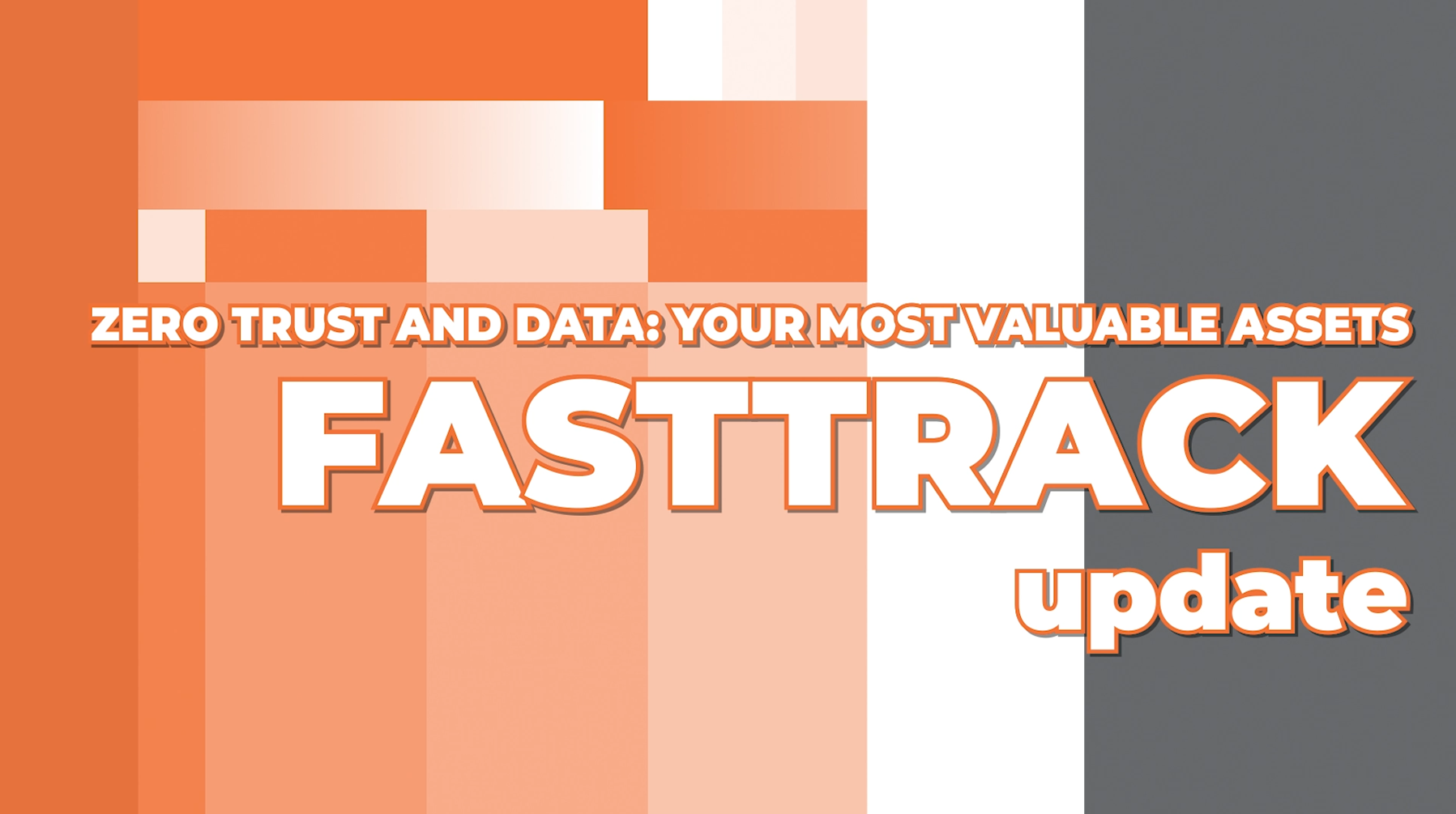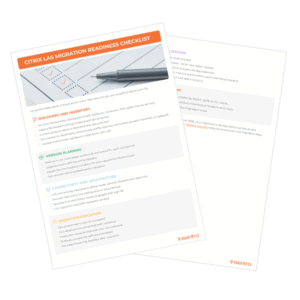Whether your focus is data use, protection, governance or reporting, your business needs a solution that supports a zero-trust approach to data management across its lifecycle. A corporate data security policy that sets out how valuable information should be handled will be ineffective unless it’s consistently and accurately enforced. The security policy needs to be made actionable and the best way of doing this is with the classification of data. By classifying data according to its value or sensitivity, organizations can reduce the risk of security breaches by ensuring that appropriate protections are implemented and consistently enforced.
In 2021, a McKinsey survey assessed the cybersecurity-maturity level of more than 100 companies and institutions in several industry sectors. Results revealed that while some in the banking and healthcare industries have achieved fair progress, 70% of the organizations surveyed still have a lot of work to do to protect their most valuable assets against threats and attacks.
Pandemic related uncertainty, remote work conditions and employee experience have all collided to create the ideal conditions for insider incidents. In 2020, a cybersecurity report by Forrester predicted:
- 33% of breaches in 2021 were going to be insider threat related
- Insider threat incidents were expected to grow by 8% in 2021
The post-pandemic workplace continues to shift and requires collaboration between remote workers and office workers and digital transformation across every organization will continue to accelerate. As Microsoft’s Corporate Vice President (CVP) of Security, Compliance and Identity has said – “You can’t secure a door and leave a window open. You have to think about your security posture as an interdependent whole – both external and internal threats.” This is the reason Zero Trust is the security approach that’s needed.
To ensure you’re able to protect and classify your most valuable assets, watch my latest FastTrack Update, where I explain the recommended security features available through Microsoft Information Protection and Microsoft Defender for Cloud Apps. Following these recommendations will help meet your Data Zero Trust objectives and ensure your corporate data is protected to prevent any form of lateral movement by malicious actors across your organization and network. Remember the third guiding principle of Zero Trust – Assume Breach.
If you missed it, check out my previous FastTrack Updates, where I explored the capabilities available across the first three foundation pillars of Zero Trust – Identity, Endpoints and Applications.
Businesses today need a zero-trust approach to data management across its lifecycle to ensure their data is protected and classified. With the risk of security breaches on the rise, a Zero Trust strategy is more important than ever. Insentra’s Zero Trust Assessment provides a comprehensive evaluation of your organization’s network security, identifying vulnerabilities and providing actionable recommendations for a Zero Trust framework. Schedule yours today and take control of your network security.











